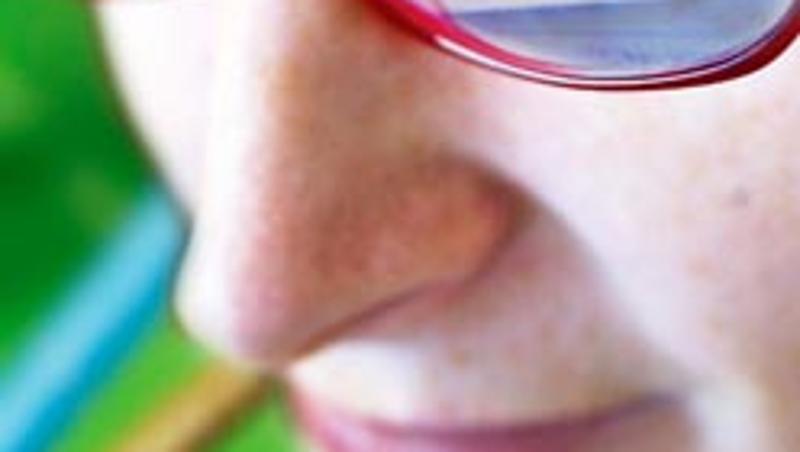
Rats and robots can tell us how the brain maps out familiar environments and navigates in them, Queensland University of Technology robotics researchers have found.
Michael Milford, a postdoctoral fellow from QUT's School of Engineering Systems, said researchers around the world were working on autonomous robots that can intelligently navigate in environments like the home and office.
"We noticed that robots were not doing particularly well at some navigational tasks so we tested and analysed them in various situations where they performed badly," Dr Milford said.
"We made some practical improvements to the robots' navigation system and from that we have come up with a theory for neuroscientists on how the brain combines separate pieces of information to work out where it is."
He said the theory involved "grid cells" which scientists recently discovered in rats' brains.
"Rats are studied all over the world and researchers are always looking for brain cells with specific roles," Dr Milford said.
"Norwegian researchers discovered new cells arranged in a grid which fired every time a rat was in one of a number of locations - that is, certain cells fired only when the rat was in a certain place. There's also preliminary evidence that these cells are found in a lot of other animals, including humans.
"We have proposed a new theory for how these grid cells gather information to help the brain work out where it is.
"It is similar to when you get out of a lift in a building without paying attention - you might know all the floors but some of them look very similar. You see a Coke machine and think to yourself that you must be on the first or second floor, since there are only Coke machines on those floors.
"You explore a little further and see a photocopier, which you know are only on the second and third floors. We are postulating that the 'grid cells' help put these two pieces of information together to tell you you're on the second floor."
Dr Milford said robotics researchers had learned much from models of biological systems that they had applied to robots.
"In this study we are able to enhance our understanding of the brain by providing insights into how the brain might solve a common problem faced by both mobile robots and animals," he said.
Dr Milford and his co researchers, Professor Gordon Wyeth of QUT and Professor Janet Wiles of the University of Queensland article "Solving Navigational Uncertainty using Grid Cells on Robots" was published in the PLoS Computational Biology journal. They are part of the Thinking Systems research project, a large collaborative project using robots and computer software to understand how the brain works.
Media contact: Niki Widdowson, QUT media officer, 07 3138 1841 or n.widdowson@qut.edu.au




